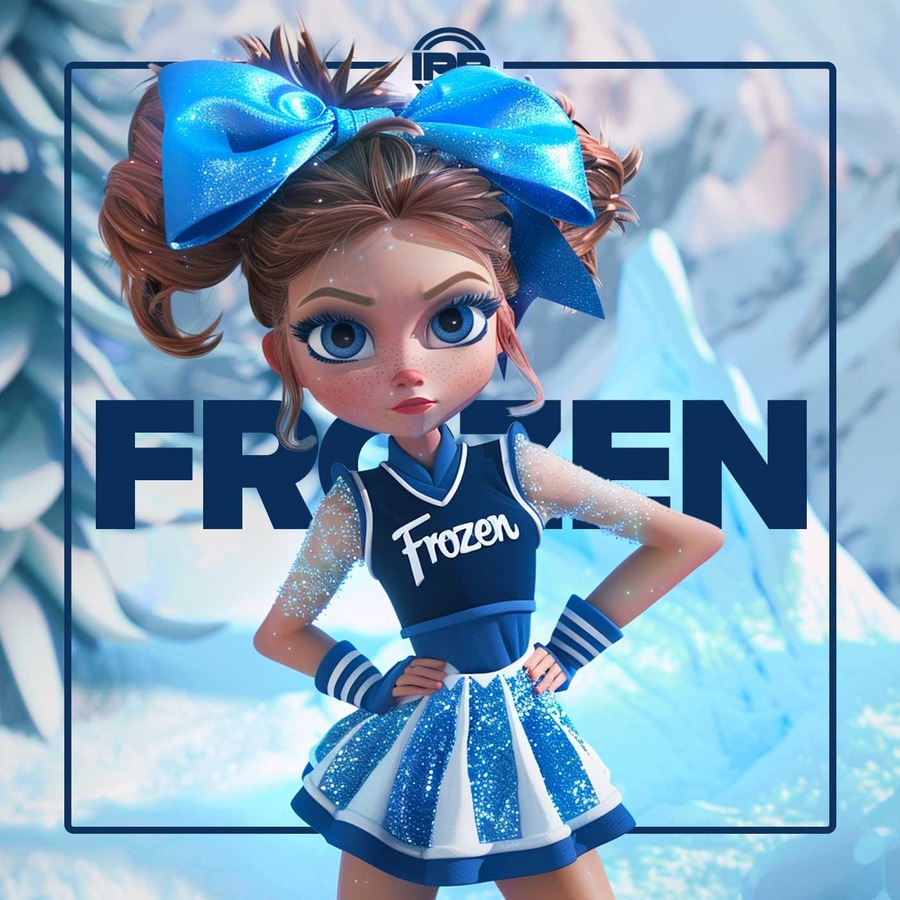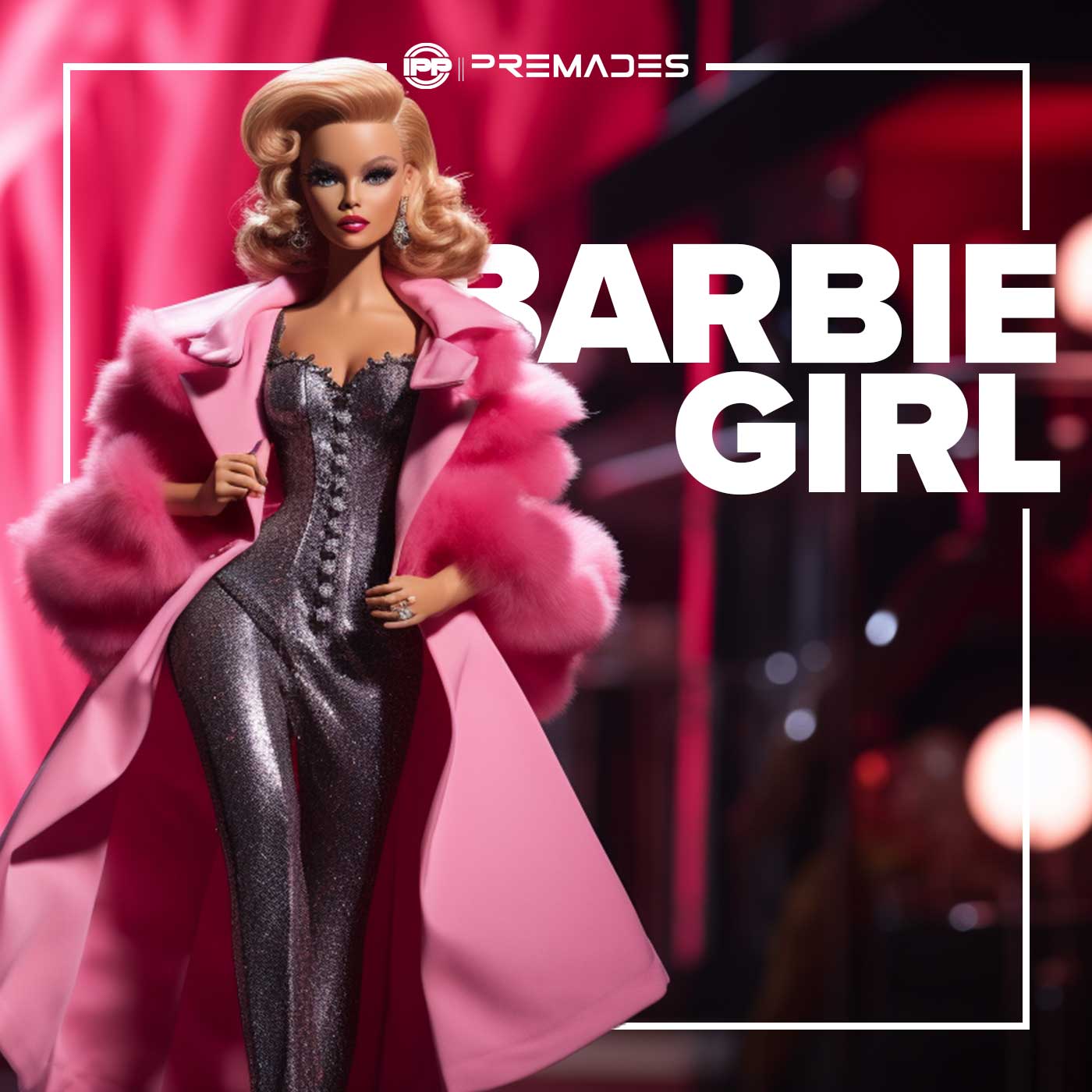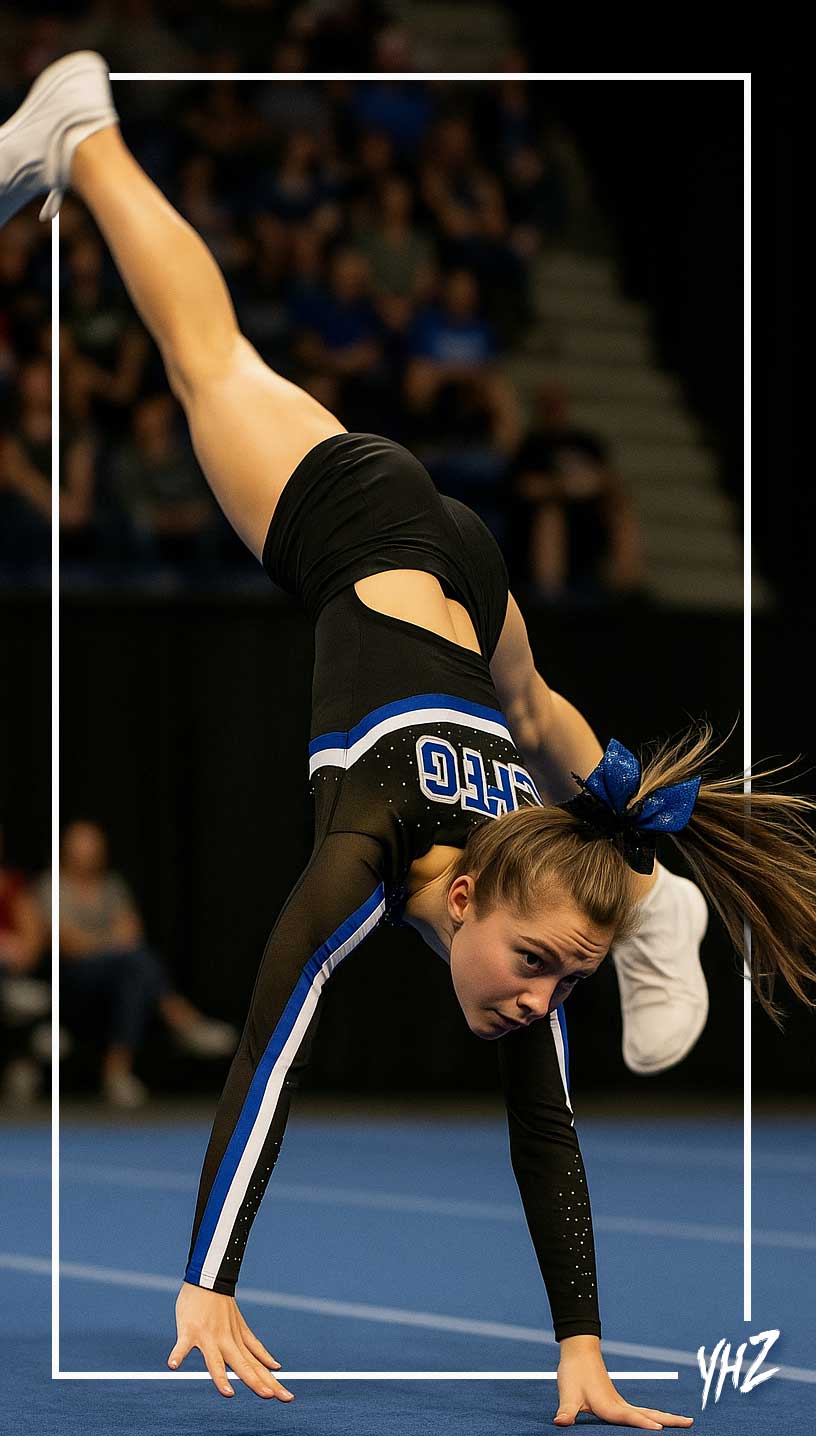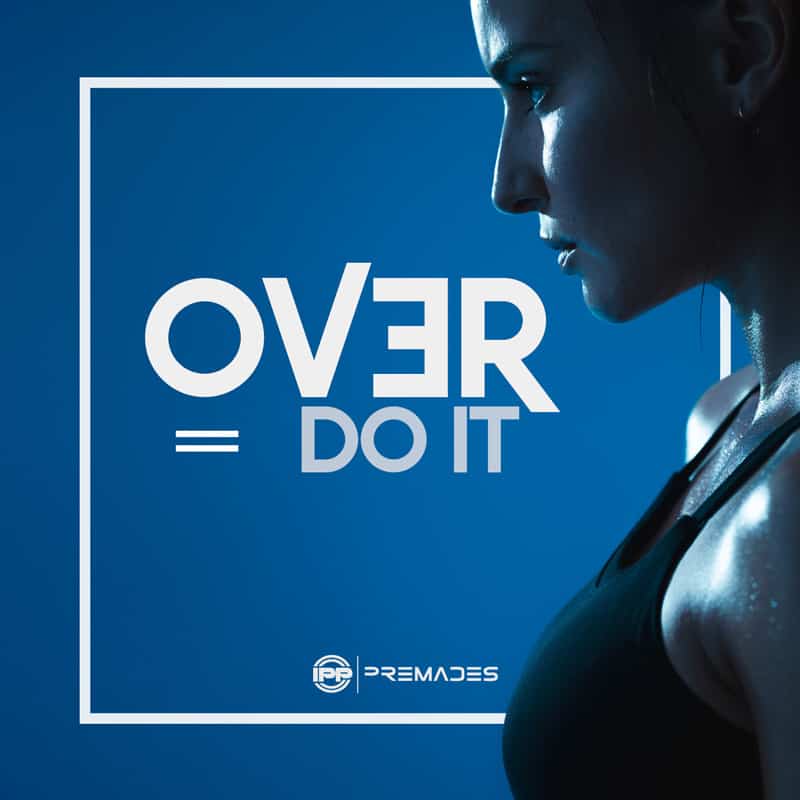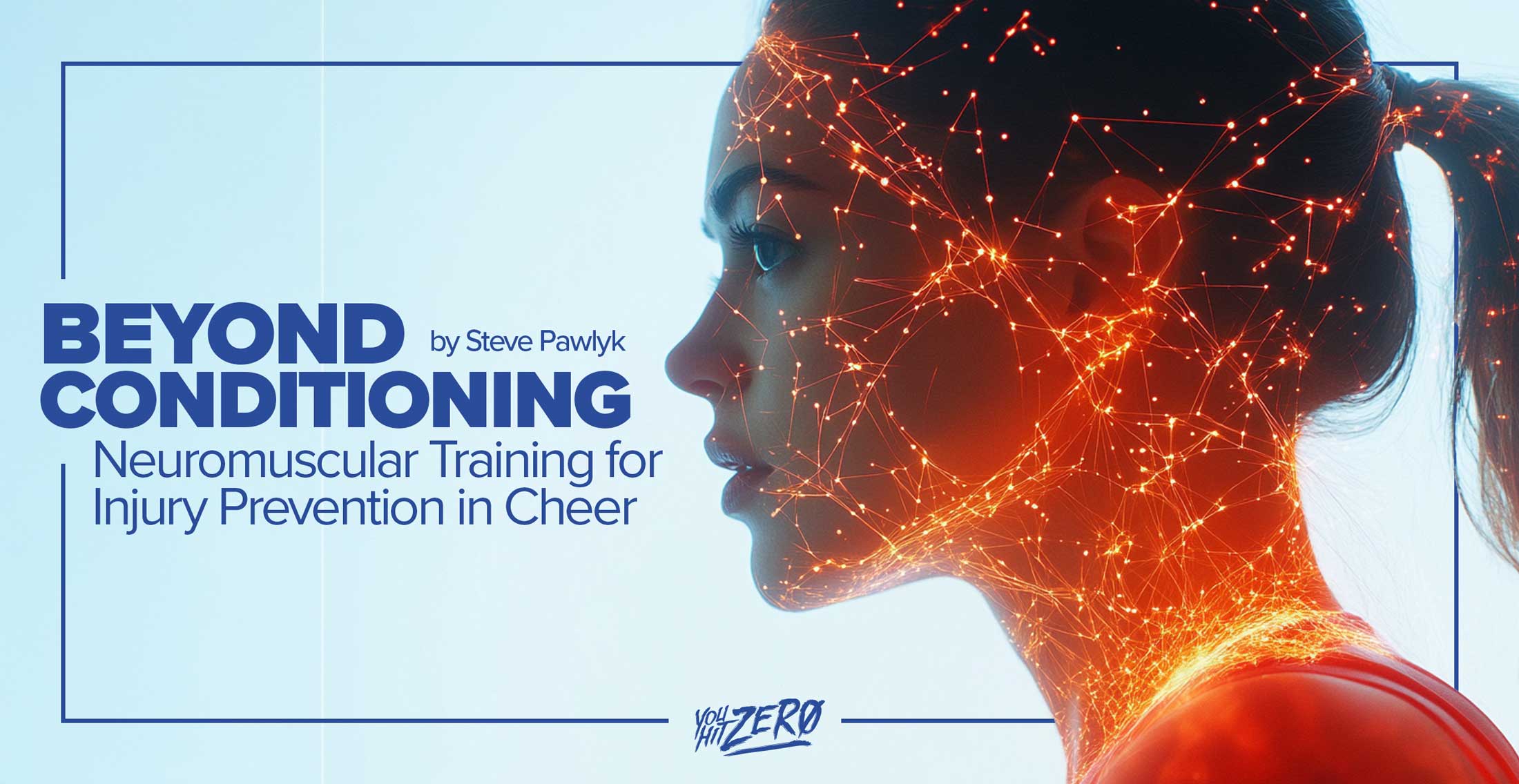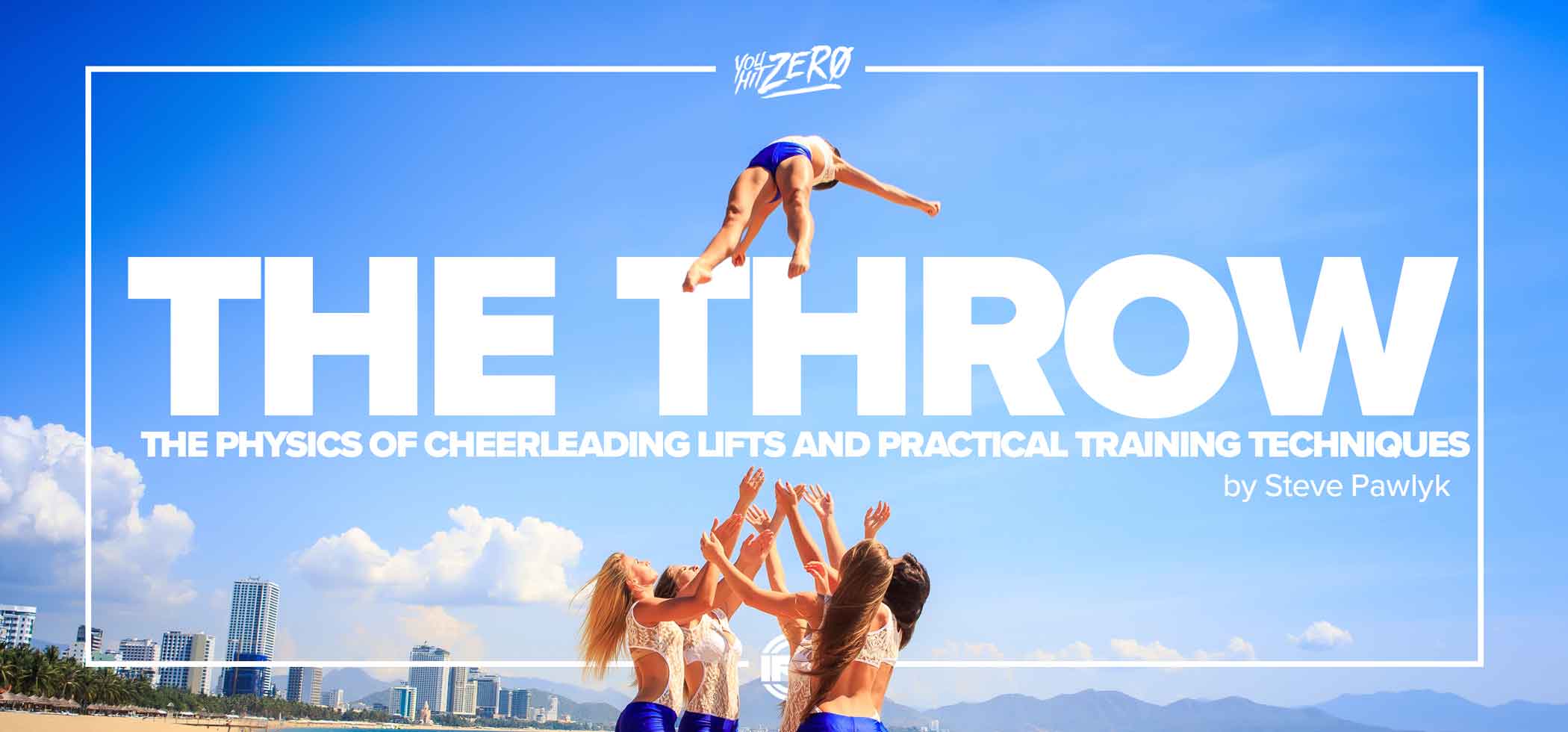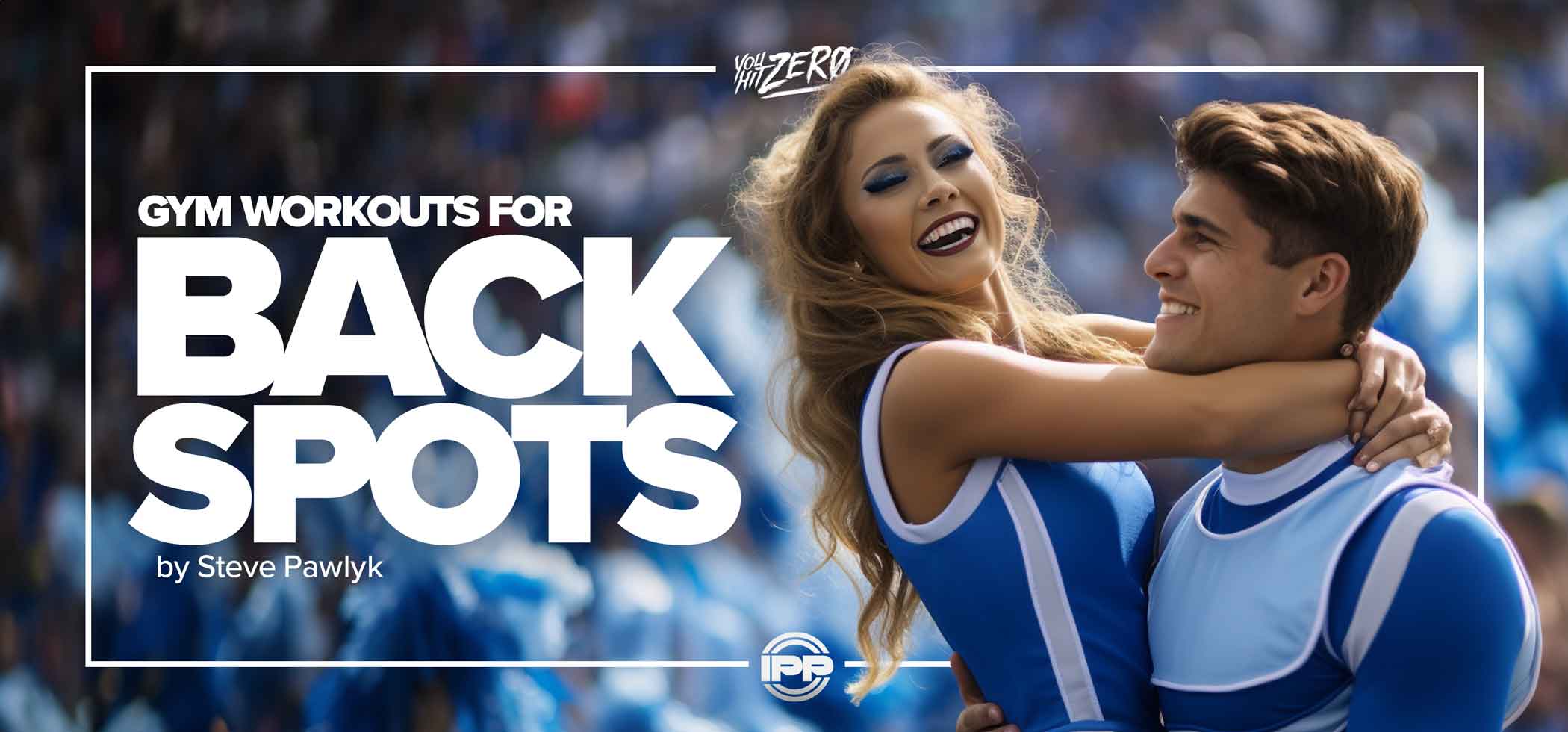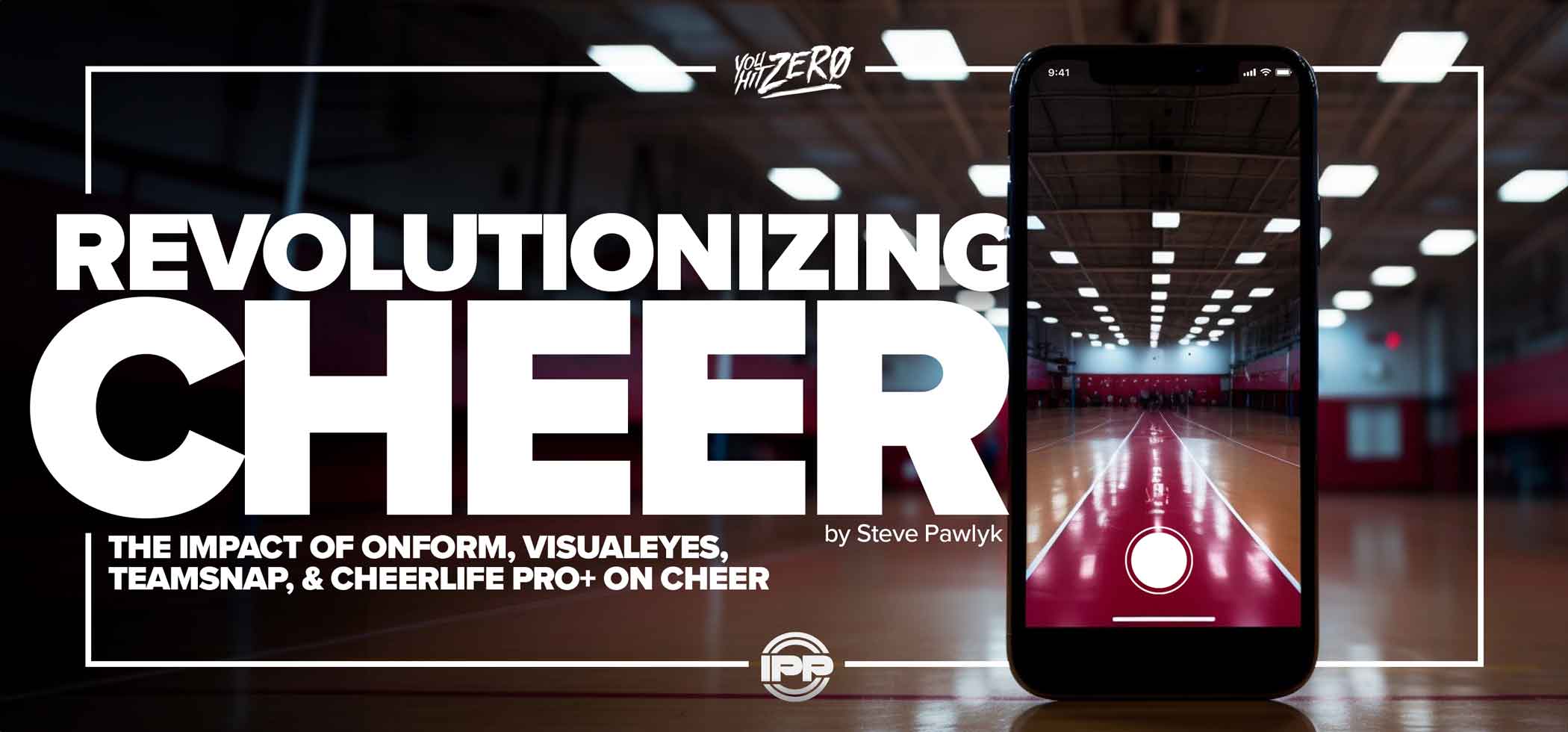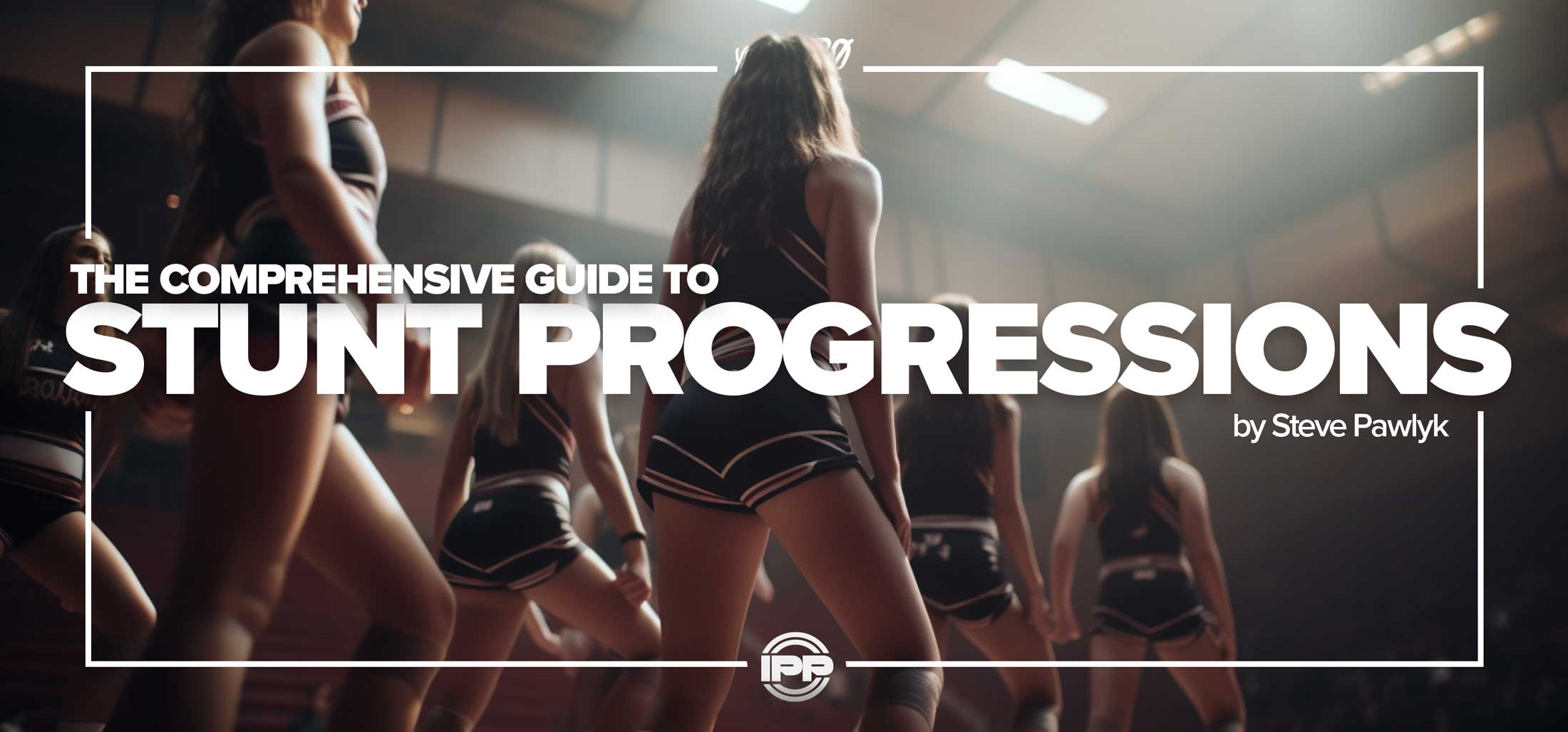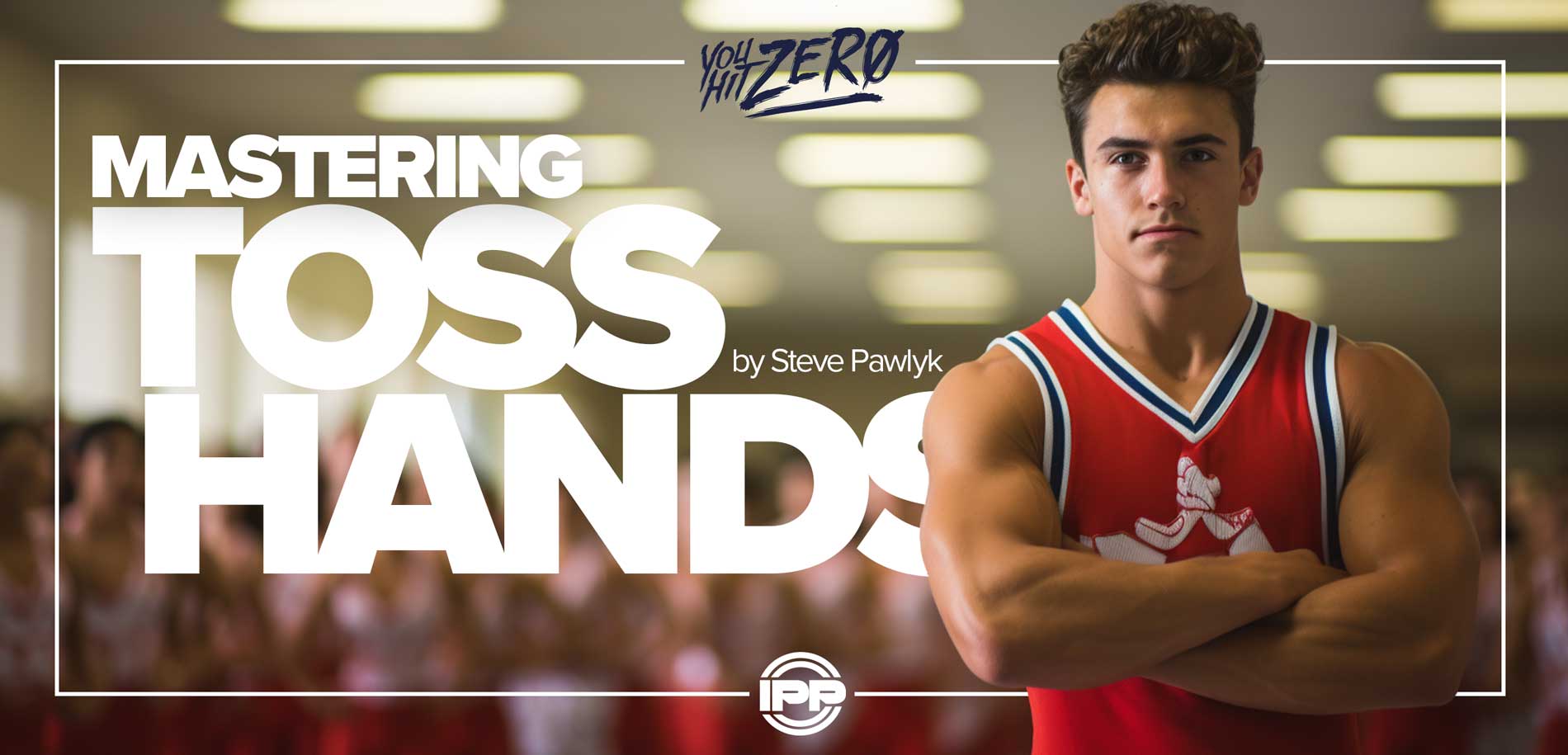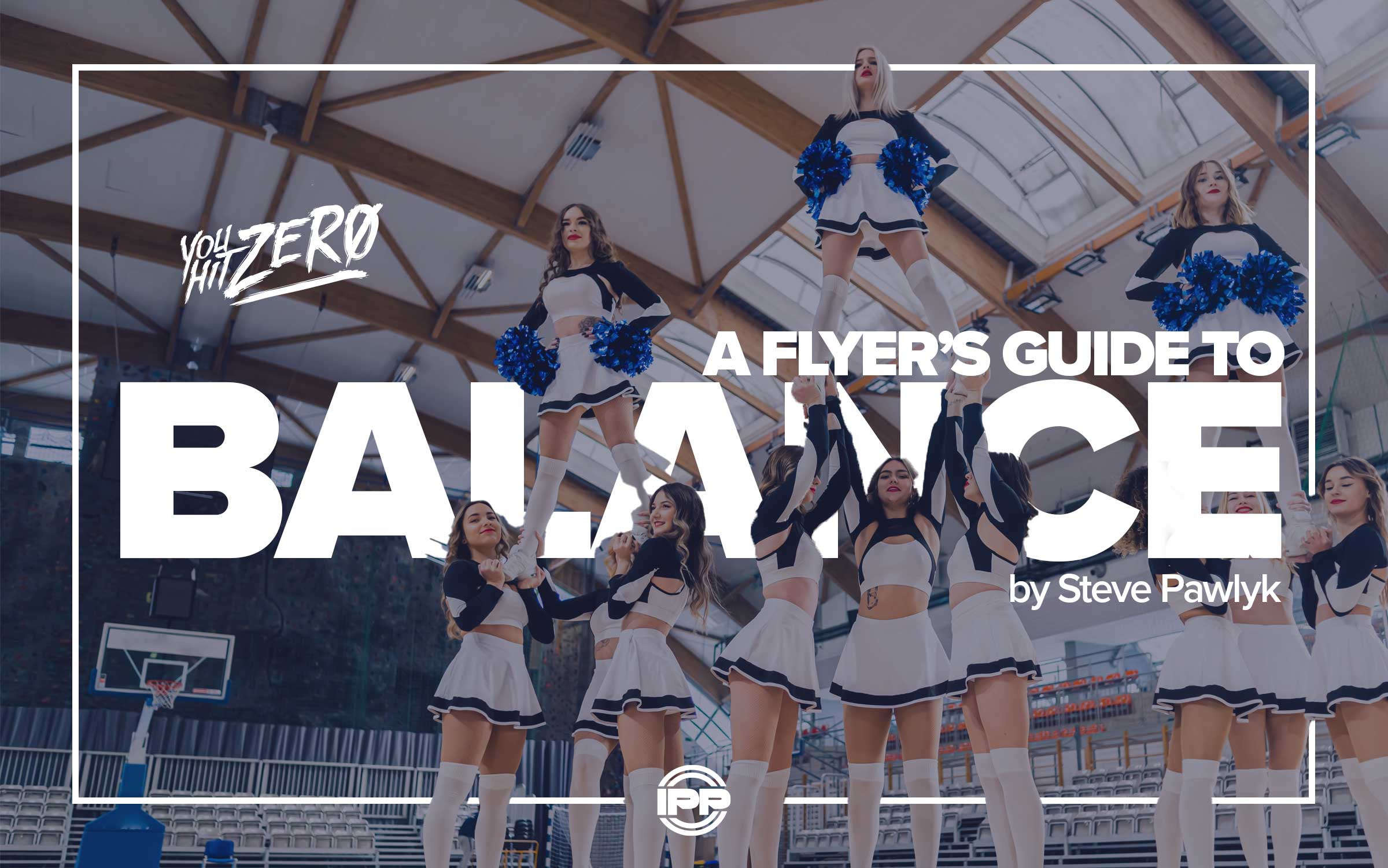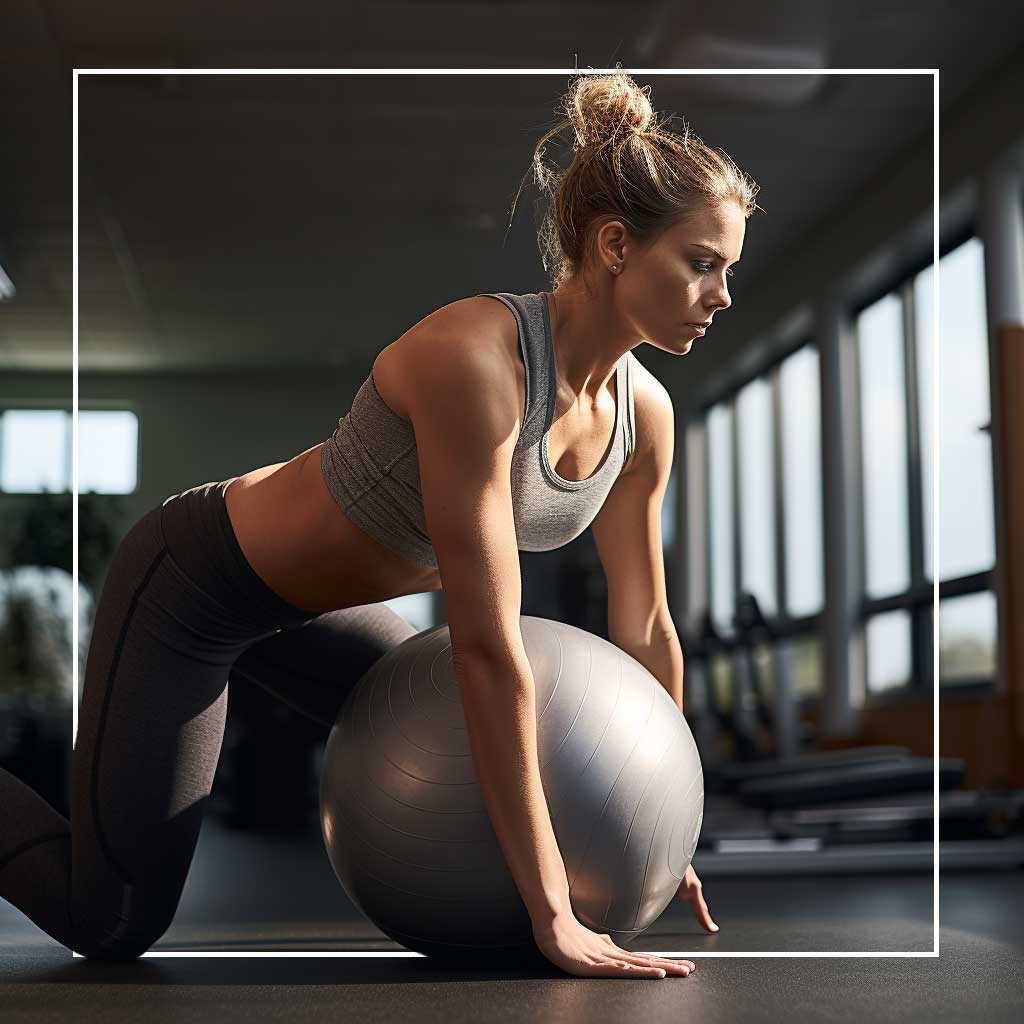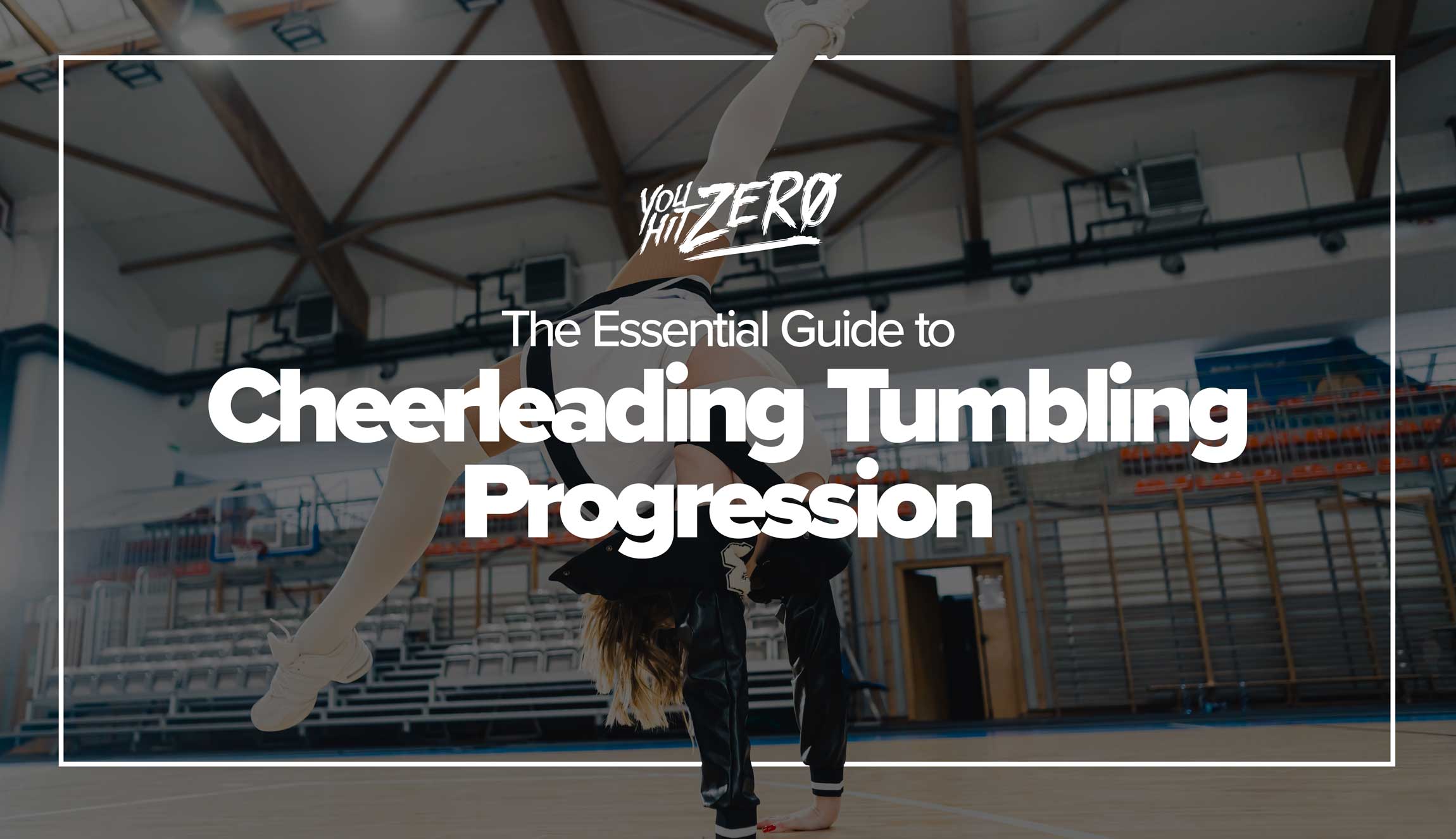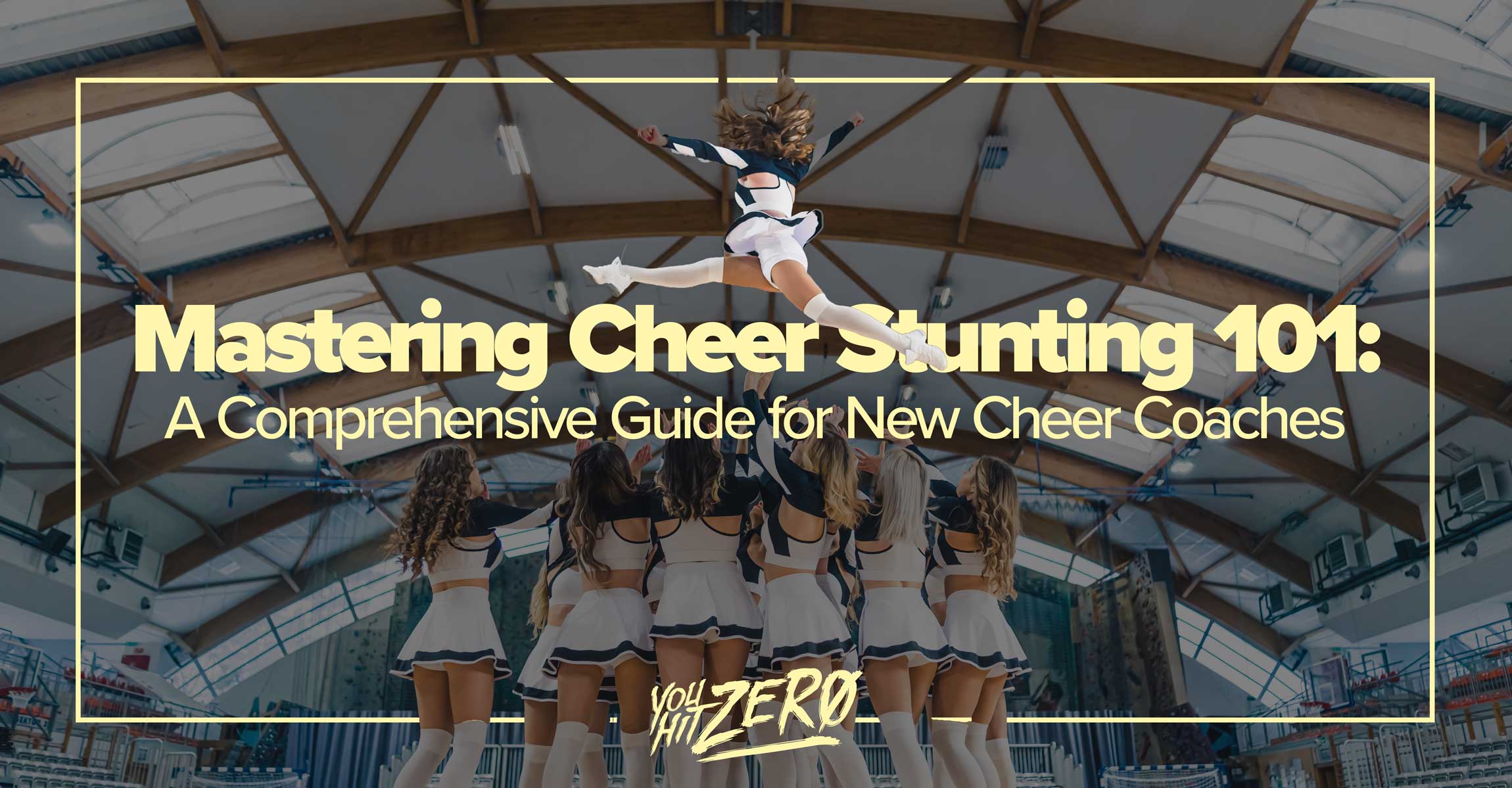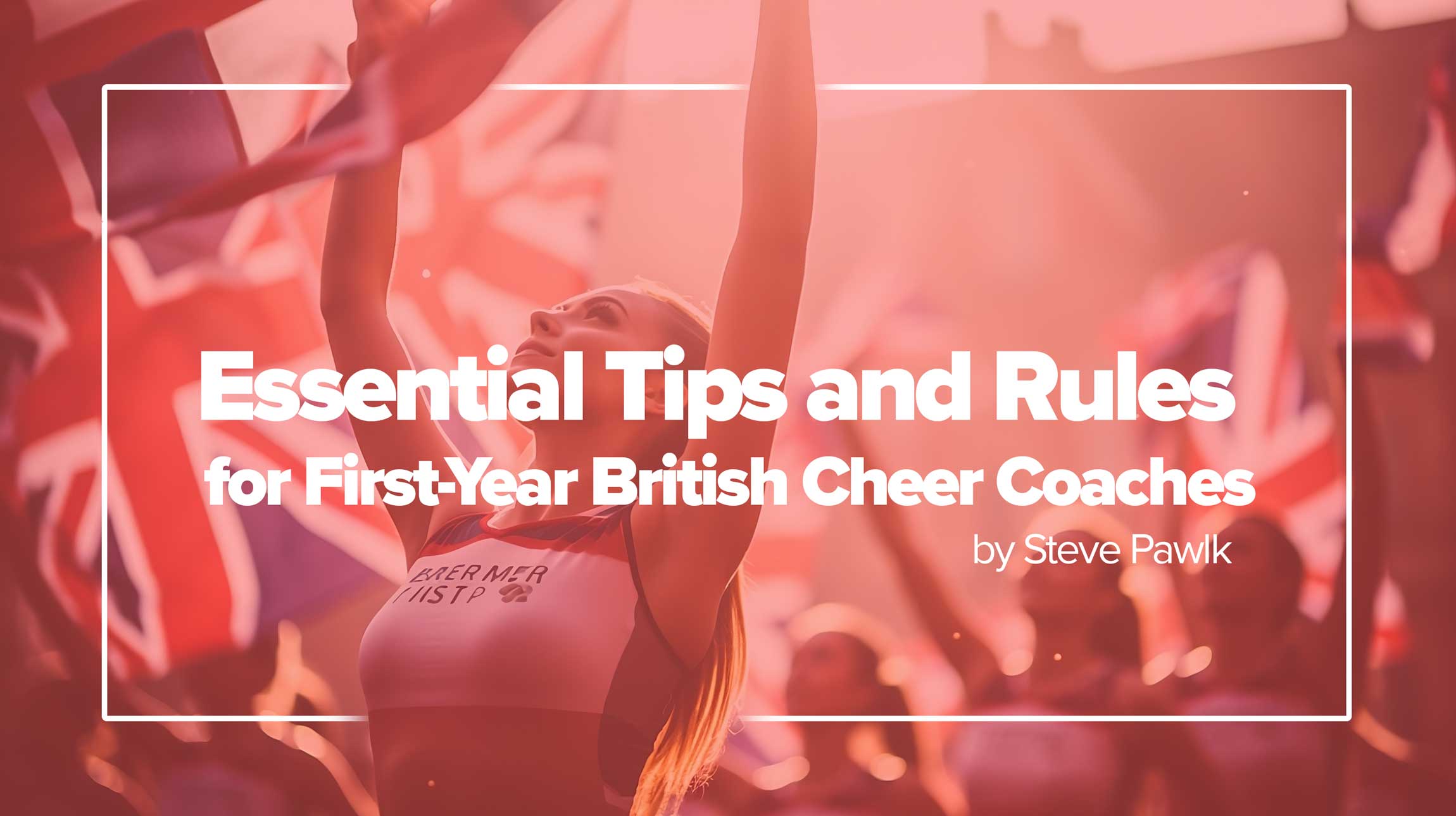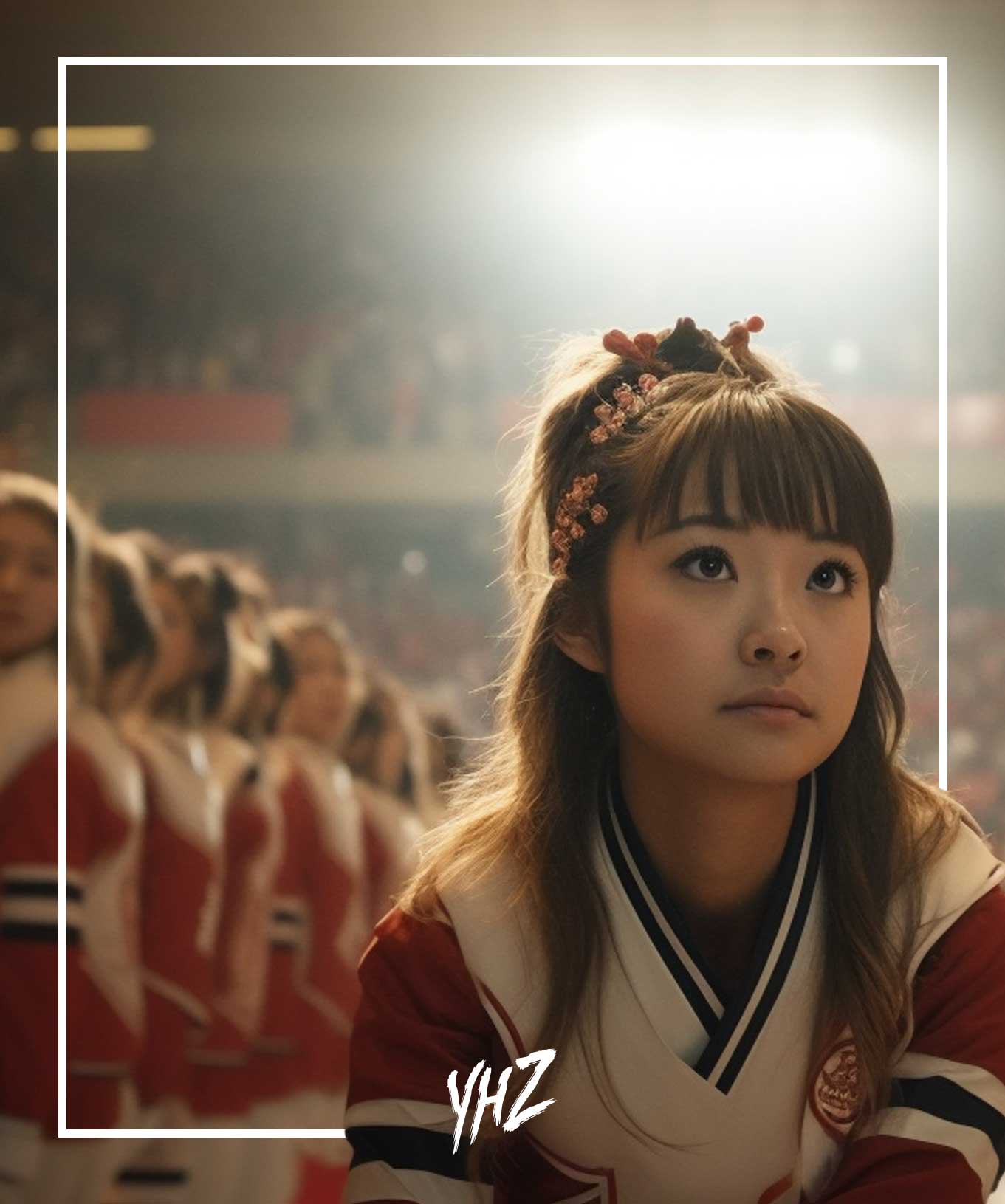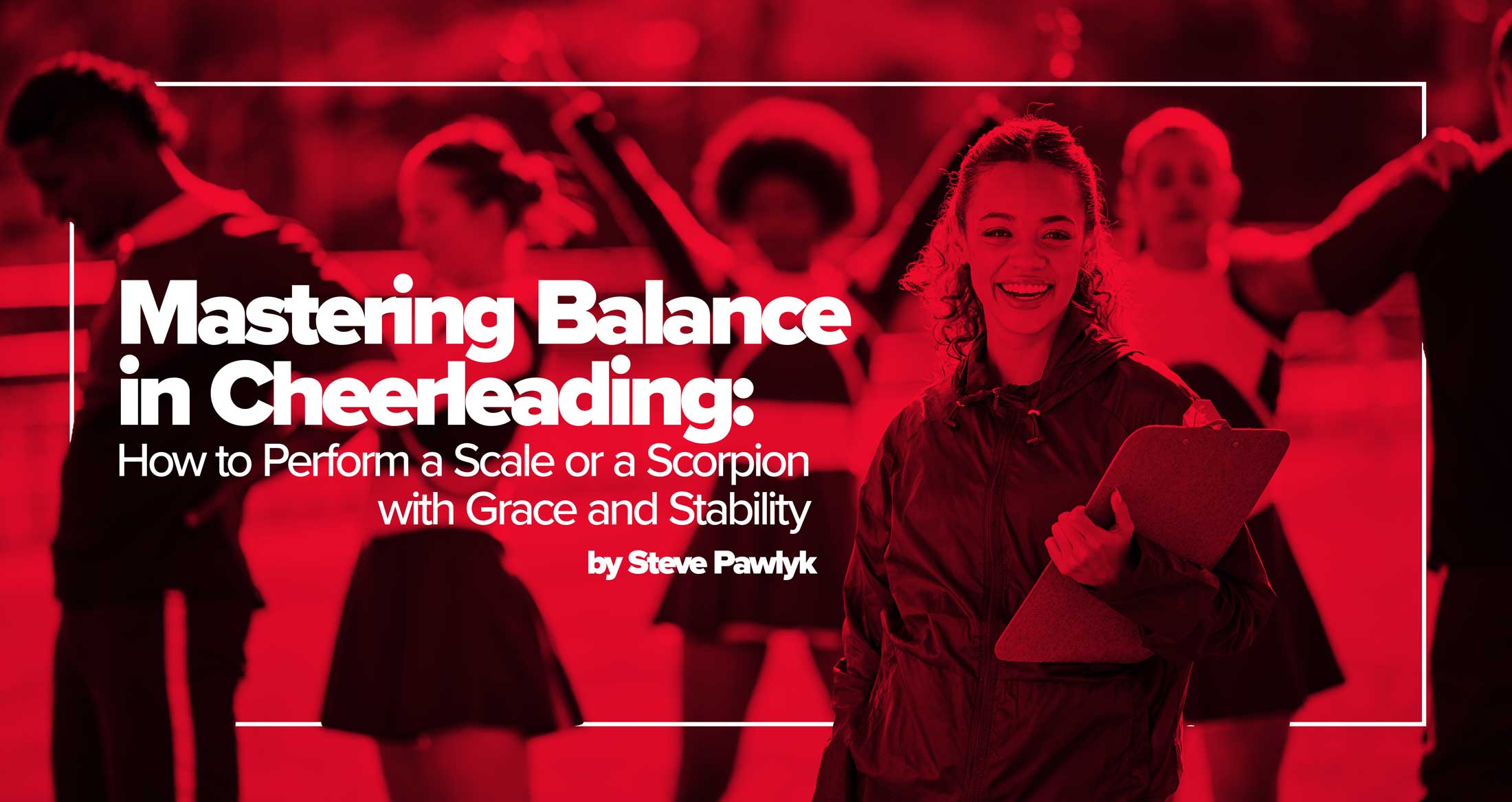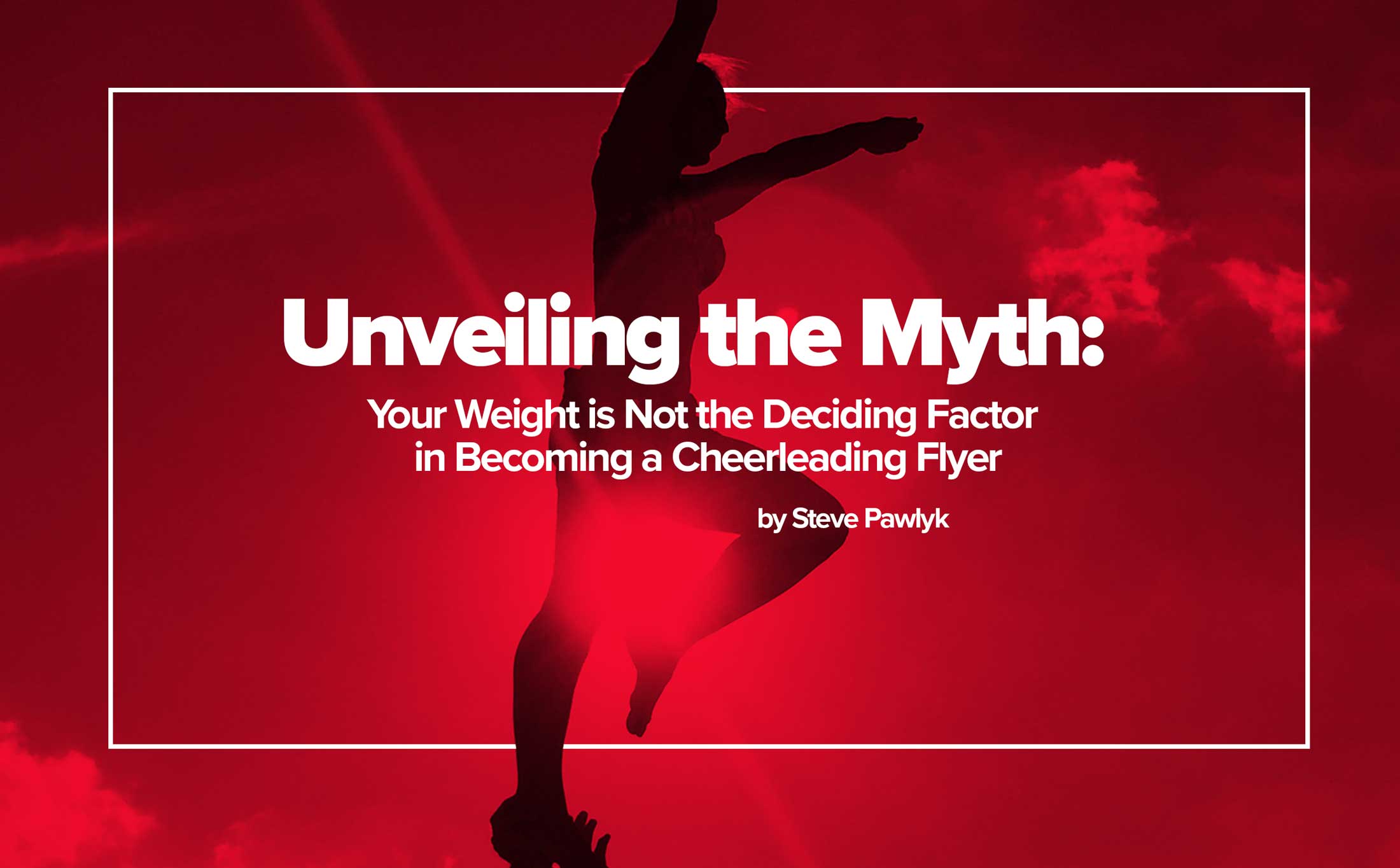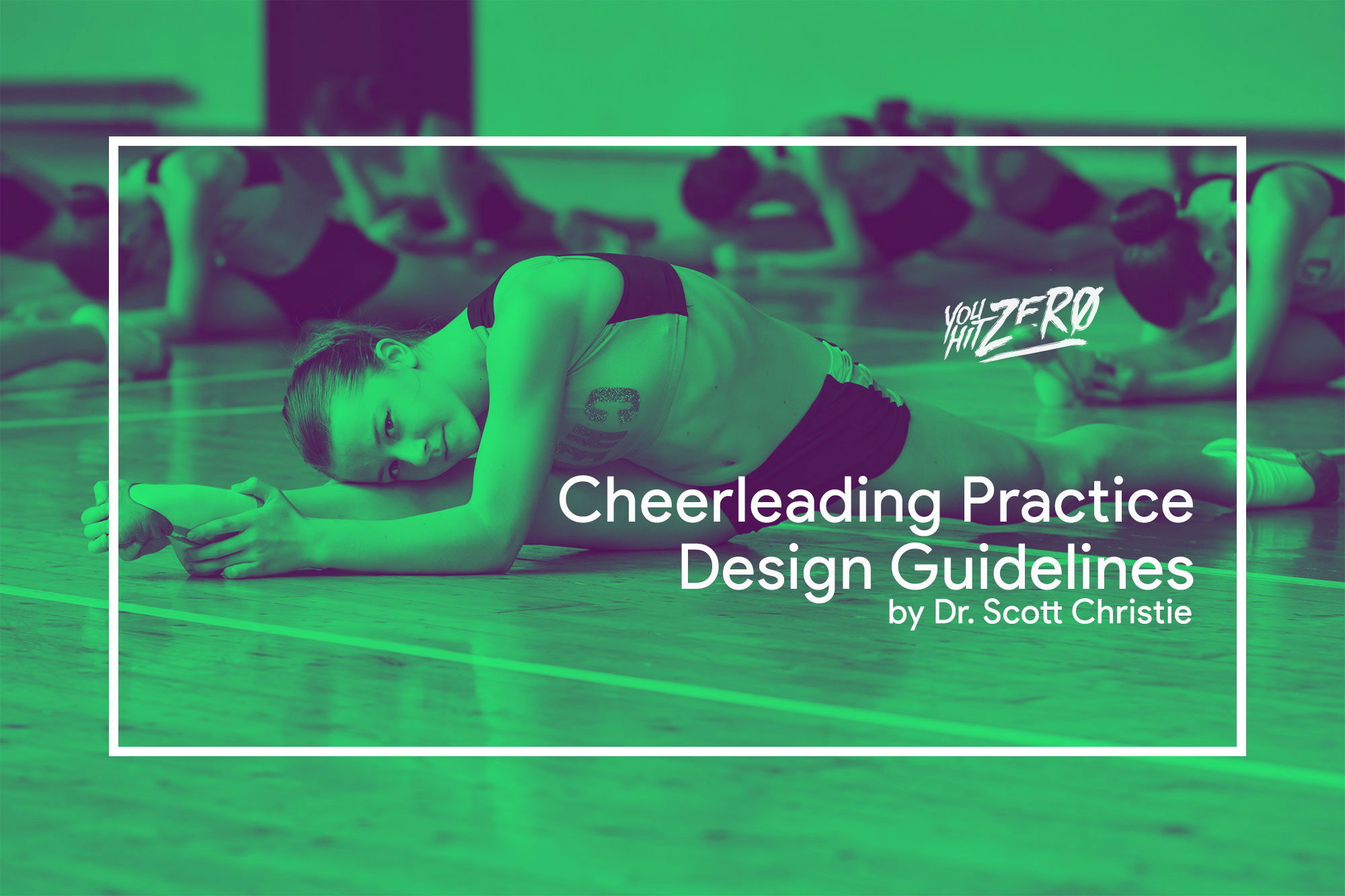By Steve Pawlyk
Published March 7, 2025
In light of the recent incident at the National Cheerleading Association (NCA) All-Star National Championship in Dallas, where a false alarm led to mass panic and injuries among attendees, it’s imperative for cheerleading coaches and event organizers to re-evaluate and enhance security protocols. Competitive cheerleading events bring together thousands of athletes, coaches, and spectators, making safety and emergency preparedness a top priority.
Let’s break down the Dallas incident, explores why it happened, and outlines seven key strategies to improve safety at cheer events.
The NCA Dallas Incident: What Happened?
On March 2, 2025, chaos erupted at the Kay Bailey Hutchison Convention Center in Dallas, Texas, when a false report of an active shooter at the venue triggered mass panic during one of the biggest cheerleading competitions in the country.
How It Unfolded:
- Around 9:00 PM, a loud noise, believed to be the sound of someone dropping a heavy object or slamming a door, echoed through the venue.
- Rumors spread like wildfire among the crowd, with some mistaking the noise for gunshots.
- Panic quickly escalated, causing a stampede as spectators and athletes rushed to escape.
- Hundreds of people ran towards exits, many falling and getting trampled in the chaos.
- Multiple injuries were reported, with victims suffering from broken bones, cuts, bruises, and panic attacks.
- Law enforcement arrived on-site and confirmed there was no actual shooter, but the damage was already done.
Why Did This Happen?
- Lack of Clear Communication – There was no official announcement or venue-wide alert system to clarify the situation immediately.
- Crowd Psychology and Fear Response – In large gatherings, fear can spread rapidly, leading to mass hysteria.
- No Pre-Planned Safety Protocols for False Alarms – Event staff and security were not trained to handle a situation where fear spread due to misinformation.
- Inadequate Exit Management – The layout of the convention center led to bottlenecks, increasing the risk of injuries during the rush to escape.
The Aftermath
Following the incident, many attendees criticized the lack of emergency preparedness. Some parents and coaches called for stricter security measures, while others questioned why there were no clear protocols for handling mass panic situations. The incident highlighted the urgent need for better safety planning at cheerleading competitions.
7 Key Strategies to Improve Safety at Cheer Events
The Dallas scare exposed vulnerabilities in how major cheerleading events handle security. Here’s how event organizers and coaches can prevent similar incidents in the future.
1. Implement Comprehensive Emergency Action Plans (EAPs)
A well-structured Emergency Action Plan (EAP) is crucial for managing crises effectively.
- Develop Detailed EAPs: Outline procedures for evacuations, medical emergencies, false alarms, and security threats.
- Assign Clear Roles: Make sure staff, volunteers, and coaches know who is responsible for what during an emergency.
- Regularly Review and Update Plans: Safety plans should be reviewed annually and adjusted based on recent incidents.
2. Enhance Security Measures at Venues
To prevent mass panic and security threats, cheer event organizers should consider upgrading security at these events.
- Increase Visible Security Presence: Have uniformed officers and security teams stationed at key areas.
- Use Metal Detectors and Bag Checks: Screen attendees at entrances to prevent weapons or hazardous items from entering.
- Limit Access to Competition Areas: Ensure only authorized personnel have access to backstage and performance areas.
3. Conduct Regular Emergency Drills
Practicing emergency response drills ensures that staff, coaches, and athletes are prepared for unexpected situations.
- Schedule Routine Evacuation Drills: Rehearse orderly evacuations at practice facilities and before competitions.
- Simulate Various Scenarios: Include drills for medical emergencies, security threats, and false alarms.
- Debrief and Improve: After each drill, analyze performance and refine response strategies.
4. Improve Communication During Emergencies
Lack of clear communication was a major problem in the Dallas incident. Having real-time updates can prevent chaos.
- Implement an Alert System: Use venue-wide PA systems, text alerts, or push notifications to inform attendees immediately.
- Designate a Crisis Communication Team: Assign specific staff members to relay verified information.
- Coordinate with Law Enforcement: Have direct lines of communication between event organizers, security, and police.
5. Educate Athletes, Coaches, and Spectators on Safety Protocols
- Pre-Event Safety Briefings: Inform teams and attendees about emergency exits, safe areas, and evacuation procedures.
- Safety Posters and Announcements: Post clear safety instructions throughout the venue.
- Encourage Situational Awareness: Teach athletes and coaches to stay calm, verify information, and follow official instructions.
6. Work with Professional Security Consultants
Consulting with security experts can help identify vulnerabilities and develop stronger safety plans.
- Conduct Security Risk Assessments: Evaluate potential threats and weaknesses at each venue.
- Develop Venue-Specific Security Plans: Create customized safety protocols based on event size and location.
- Train Staff in Emergency Response: Ensure event staff, volunteers, and coaches are trained in handling security threats.
7. Improve Medical Preparedness at Events
Medical response teams should be on-site and ready to handle injuries.
- Have On-Site Medical Personnel: Station EMTs and first responders at high-traffic areas.
- Stock Emergency Medical Supplies: Ensure first aid kits, defibrillators (AEDs), and stretchers are easily accessible.
- Develop Hospital Transport Protocols: Establish fast-track routes for ambulances in case of serious injuries.
Alcohol Use at Cheer Competitions: What’s Happening?
In recent years, incidents of cheerleaders consuming alcohol between performances have surfaced, raising concerns from coaches, parents, and event organizers. The issue is particularly alarming because of the sport’s physically demanding nature, the presence of minors, and the potential safety risks involved in stunting, tumbling, and performing under the influence.
How It Unfolds:
- Some athletes bring alcohol into competition venues, either concealed in personal bottles or by using outside food and drink containers.
- Cheerleaders who are of legal drinking age may consume alcohol between performances, believing it “relaxes” nerves or enhances team bonding.
- In some cases, underage drinking occurs, with athletes gaining access to alcohol through older teammates or attendees.
- Alcohol consumption before or between performances impairs balance, coordination, reaction time, and cognitive function, significantly increasing the risk of injuries.
- The lack of strict enforcement of alcohol policies at certain competitions allows drinking to continue unchecked.
Why Does This Happen?
- High-Pressure Environment – Cheerleading competitions are intense, and some athletes may turn to alcohol to calm nerves before performances.
- Lack of Strict Venue Regulations – Some events have inadequate checks on bags and personal items, allowing alcohol to be smuggled in.
- Cultural Normalization – At some competitions, there is an “afterparty” mentality, where alcohol use is seen as part of the experience.
- Poor Supervision – Some teams lack direct oversight from coaches or responsible adults at all times.
- Lack of Awareness of Consequences – Many athletes do not realize the dangers of consuming alcohol while performing high-risk stunts.
Creating a Safer Future for Cheerleading Events
The false alarm at NCA Dallas was a wake-up call for the cheerleading community. Coaches, event organizers, and venue staff must work together to ensure that athletes, spectators, and staff feel safe and protected.
By implementing stronger security measures, improving emergency communication, and training teams on safety protocols, we can prevent mass panic and injuries at future events.
IPP's Premade Mixes are USA Cheer Compliant and customizable! Add Sound FX, swap songs, & more! Add your Team Name to the mix for only $10!
